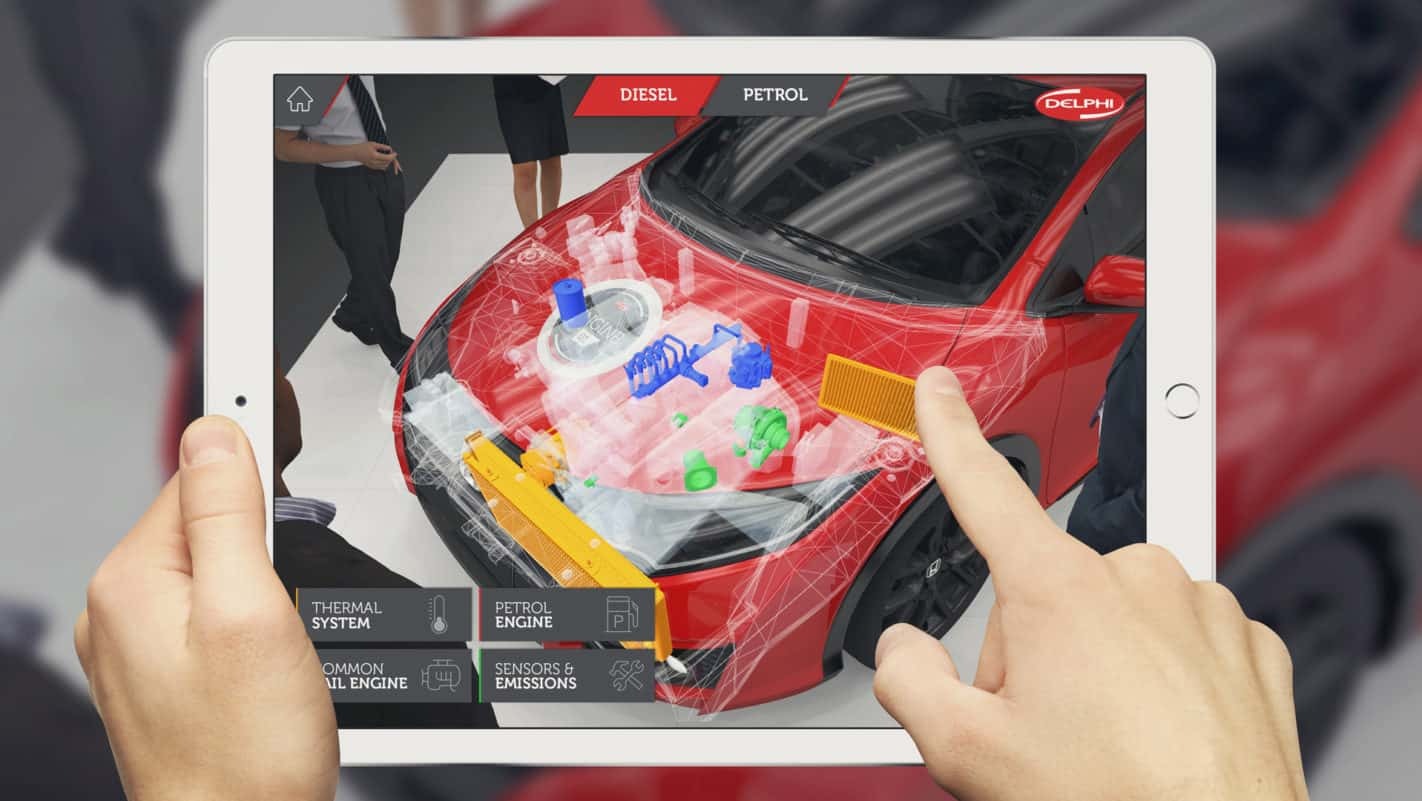
The Future of Auto E-Commerce: Virtual Reality Showrooms
The automotive industry is on the brink of a transformative shift in the way consumers shop for cars. Virtual Reality (VR) showrooms are emerging as a groundbreaking innovation that promises to revolutionize the auto e-commerce experience. With a decade of experience as a technical copywriter in this field, I’m here to explore the future of auto e-commerce through the lens of VR showrooms.
A Visionary Approach to Car Shopping
Beyond Traditional Online Listings
Traditional online auto marketplaces have already made it easier for consumers to research and compare vehicles from the comfort of their homes. However, VR showrooms take the digital car shopping experience to a whole new level. Instead of merely browsing static images and descriptions, consumers can now immerse themselves in a virtual environment where they can interact with vehicles as if they were in a physical showroom.
The Power of Immersion
VR showrooms leverage the power of immersion to create a realistic and engaging car shopping experience. Users don VR headsets and are transported into a 3D virtual environment that replicates a physical dealership showroom. They can walk around cars, open doors, inspect interiors, and even take virtual test drives—all from the comfort of their home. This level of interaction allows consumers to get a true sense of the vehicle’s size, design, and features, significantly enhancing their purchasing confidence.
Advantages for Consumers
Realistic Test Drives
One of the most significant advantages of VR showrooms is the ability to take virtual test drives. Users can experience the sensation of driving different vehicles without leaving their living room. This feature is particularly valuable for consumers who want to test multiple cars before making a decision. VR test drives provide a safer and more convenient alternative to traditional test drives, especially in the current era of social distancing.
Personalization and Customization
VR showrooms offer a high degree of personalization and customization. Users can tailor the virtual environment to match their preferences, adjusting lighting, backgrounds, and even the car’s color and features. This level of personalization allows buyers to envision their dream car precisely as they want it, making the shopping experience more engaging and emotionally connected.
Benefits for Dealerships
Expanded Reach
Dealerships stand to benefit significantly from VR showrooms. They can showcase their entire inventory to a global audience without the limitations of physical space. This expanded reach can attract a broader range of customers, including those who may not have considered visiting the dealership in person due to geographical constraints.
Reduced Overhead Costs
Maintaining physical showrooms can be expensive, from rent and utilities to staffing and maintenance. VR showrooms offer dealerships a cost-effective alternative. They can allocate resources to creating and maintaining a compelling virtual presence, saving on the overhead costs associated with physical facilities.
The Road Ahead: Challenges and Opportunities
Overcoming Technological Barriers
While the potential of VR showrooms is immense, there are technological challenges to overcome. High-quality VR experiences require powerful hardware, such as VR headsets and high-performance computers. Making these technologies accessible and affordable to a broad consumer base will be crucial for widespread adoption.
Data-Driven Insights
VR showrooms offer an opportunity for dealerships to gather valuable data on customer preferences and behavior. Analyzing this data can help dealerships refine their inventory, marketing strategies, and overall customer experience. As VR showroom technology advances, expect to see more sophisticated data analytics tools integrated into these platforms.
Evolving the Car Buying Journey
The introduction of VR showrooms may lead to changes in the traditional car buying journey. While consumers can explore vehicles in immersive detail from home, the final purchase may still involve physical paperwork and delivery. Integrating the entire purchase process into the virtual showroom could be the next frontier for innovation.
Conclusion
The emergence of VR showrooms represents a paradigm shift in the world of auto e-commerce. These virtual environments offer consumers an unparalleled car shopping experience, combining immersion, personalization, and convenience. For dealerships, VR showrooms present an opportunity to reach a broader audience while reducing overhead costs. As technology continues to advance and barriers are overcome, the future of auto e-commerce is undeniably intertwined with the exciting possibilities of virtual reality showrooms. Brace yourselves for a transformative journey in the world of car shopping.

